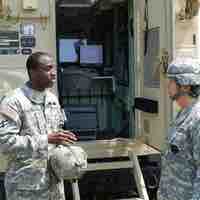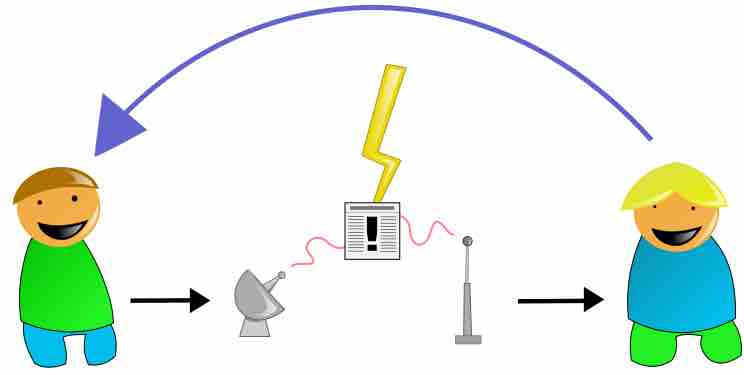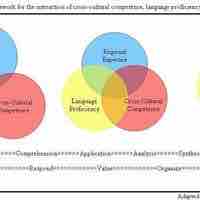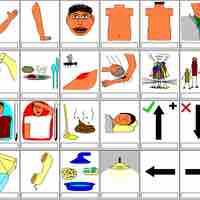Chapter 11
Communication
By Boundless
Communication is conveying messages by exchanging thoughts and information.

Effective communication avoids distorting messages during the communication processes.

Efficient communication achieves its desired effect with the least amount of effort and resources.

Persuasion presents arguments that move, motivate, or change an audience.

There are three main vehicles for communication: verbal, written, and non-verbal.

Downward communication is managers communicating to their subordinates.
Upward communication moves from lower to higher levels within an organization.

Horizontal communication is the flow of messages across individuals and groups on the same level of an organization.
Informal communication occurs outside of an organization's established channels.

The medium, or channel, of business communication influences its effectiveness.
The quality of written and oral communication depends on the effective use of language and communication channels.

Nonverbal elements supplement the use of words to convey meaning during communication.

Social status can influence how an individual's communication is perceived.

The efficacy of communication is impacted by how much noise there is in the communication channel.

Diversity, while an important part of a strong workforce, can contribute to misconceptions that may impede communication.

Sending effective communication requires skill and an understanding of the audience.

Using active and reflective listening skills can help improve the effectiveness of oral communication.

Nonverbal communication is the process of conveying meaning through sending and receiving wordless cues.
Constructive feedback, both positive and negative, can help individuals learn and improve their performance.

The main purpose of an office environment is to support its occupants in performing their job at minimum cost and with maximum satisfaction.
Transparency in organizations is the extent to which its actions are observable by outsiders.

Communication technologies support many types of messaging and information sharing in organizations.

Following the norms and practices of etiquette is an important factor in effective business communication.